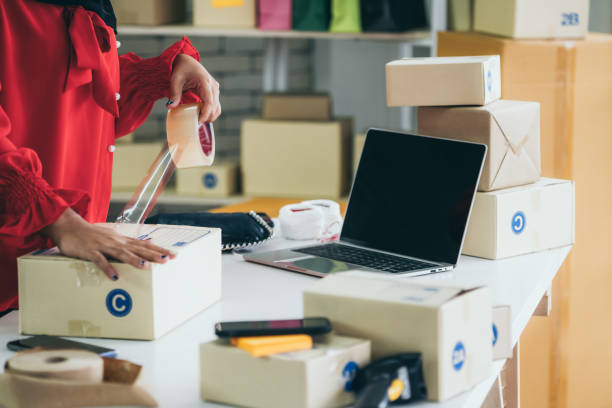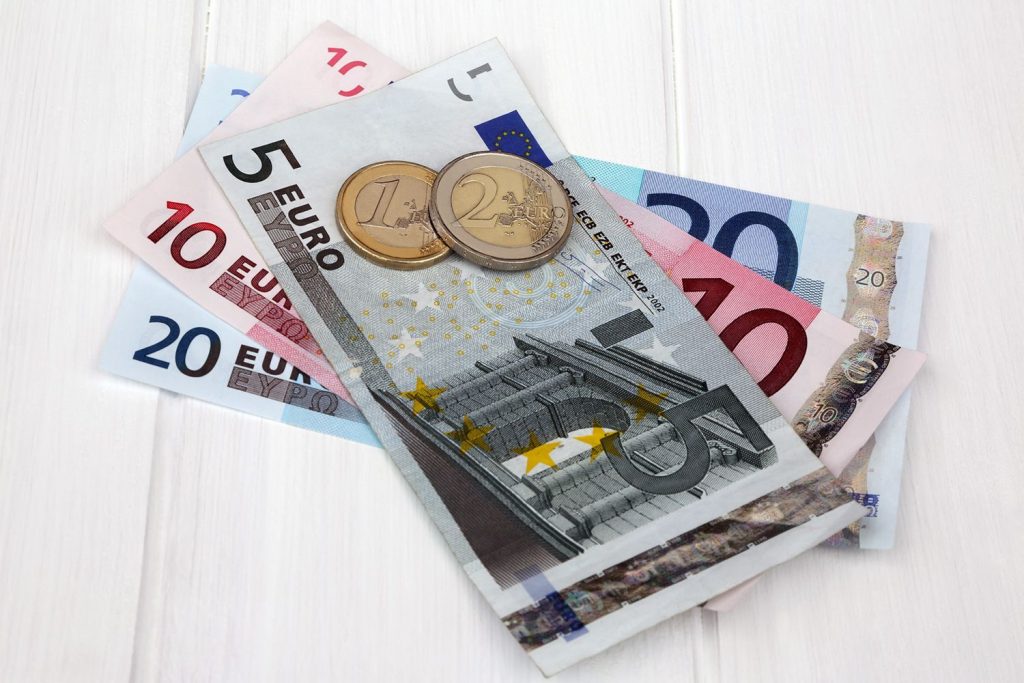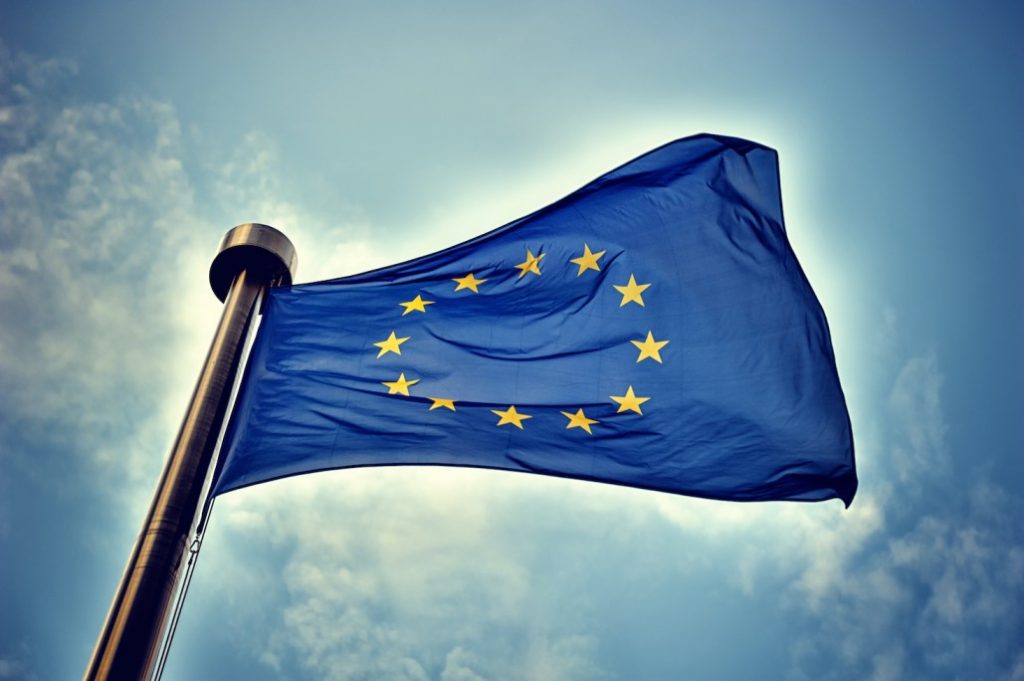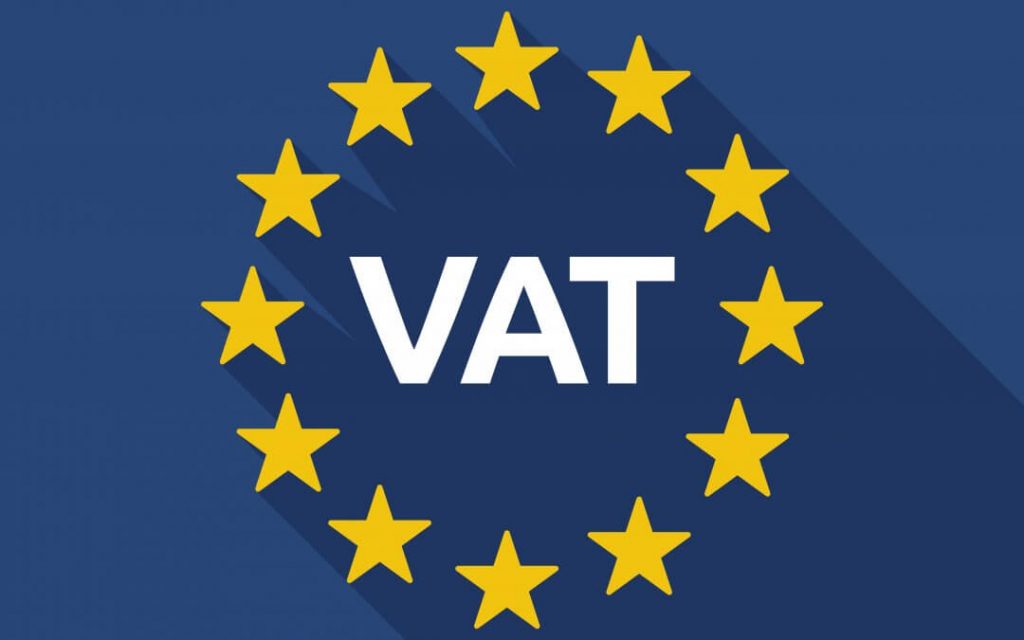Get Ready For European Union’s VAT Rules
For Online Sellers.
There are some changes coming with the way the European Union (EU) manages Value Added Tax (VAT) that should broadly be beneficial for anyone shipping items into and across Europe.
From 1 July 2021, there will be significant changes to the European Union’s VAT rules applying to the shipment of goods into the EU. This will primarily target B2C imports.
A single filing process for online sellers

For sellers who choose to collect VAT on goods under €150, you have the option to declare this on a newly introduced tax declaration called the ‘Import One-Stop-Shop’ (IOSS).
The IOSS is a single EU VAT return that allows you to list all your pan-EU sales, rather than having to complete multiple VAT filings. Less paperwork is always great news, right?
Using IOSS is optional, and will be most useful when your customers are located in different EU states and you want to handle the import VAT on behalf of your customer. It also saves you from having to register for VAT in each and every country it is being shipped to.
Note that non-EU sellers will need to appoint a ‘member state of identification’ for filing purposes.
New €150 VAT threshold

Previously, sellers shipping goods to EU buyers valued at €22 or less were exempt from VAT. Now, that threshold has been removed.
Starting 1 July 2021, all imports up to €150 will be subject to VAT, and sellers have the option to collect VAT on low-value consignments at the point of sale. Regular duty and tax rates will apply to anything above that. The delivery address will determine the specific VAT rate.
Launch of the Import One-Stop Shop (IOSS) platform

The EU is also launching an Import One-Stop Shop (IOSS) platform to simplify the declaration and the payment of VAT for B2C imports up to a value of €150.
This optional platform requires you to register with a single EU Member State to manage your sales VAT throughout the EU, removing the need to register for VAT in every country you are selling goods to.
When selling goods to consumers in the EU, registering with the IOSS means you can collect accurate VAT for the purchase from the consumer at the point of sale, which can then be declared and paid in a periodic VAT return. Shipments containing a valid IOSS number with an intrinsic value of less than €150 (NB this is only a scheme for small value goods) will therefore not be subject to import VAT – since VAT will be taken based on the transaction’s origin – potentially helping products move through customs quicker.
Registering for the IOSS platform is not obligatory and you can continue to declare and pay VAT on EU imports as you do today.
How IOSS will work for online sellers?
Shopify Users
Shopify is working on adding IOSS number field on their store settings. Please reach their support for the launch date. Shopify is not a marketplace so they won’t collect VAT for your EU orders, you are responsible for that part.
https://www.shopify.co.uk/blog/eu-vat-changes-2021
ETSY Users
ETSY, as a marketplace, will provide you with their own IOSS number. You must share Etsy’s IOSS number (which can be found under Orders & Shipping in Shop Manager), directly with your supplier, and you must not use it for any other purpose. Never write this number on your packages. The shipping carrier should submit this information electronically. This helps to ensure that your buyer won’t be charged VAT twice.
https://www.etsy.com/seller-handbook/article/updated-june-22-new-import-vat-updates/1014946249688
Frequently asked questions (FAQ)
- How can I register for OSS?
Each EU member state will have an online OSS portal where you can register. This single registration will be valid for all sales to consumers in other EU member states where you don’t have a physical presence.
If you need more help to register an IOSS number, please contact the Launchese Support Team via our website www.launchese.com or email us.
- When does IOSS come into use?
From 1 July 2021. Registration has been available since 1 April 2021.
- Why should I register for IOSS as a non-EU merchant selling into the EU?
For merchants who opt to collect VAT at checkout on low-value goods from buyers throughout the EU, IOSS will allow single return filing. Additionally, imported goods will likely be processed faster by the customs authorities. Without IOSS, shipments could be stopped at the border for valuation checks that may result in delivery delays and/or additional VAT assessments.
- Is using IOSS mandatory?
No, you can opt to continue to use DDU services or opt into using the forthcoming DDP solutions if you don’t want to use IOSS.
- Are there any restrictions to using IOSS?
IOSS is a solution to manage VAT payment. Items over €150 attract customs duties as well as VAT and these are not covered by IOSS. Customers need to send items of this value over via DDU or DDP services.
IOSS also does not cover Excise Goods – these are usually things like alcohol and cigarettes. These items, where not restricted, should be sent via other appropriate services which allow them.
- What are the basic requirements of IOSS?
If you are registering your business for IOSS yourself
- Register for IOSS in one of the EU countries (member states). Customers choose which country.
- You will need to use an intermediary service based in the EU to do this.
- Display the amount of VAT to be paid by the EU buyer when the ordering process is finalised.
- Collect VAT from the EU buyer on eligible destined for an EU country.
- Use IOSS for items with a value not exceeding €150.
- Submit electronic monthly VAT return via the IOSS portal of the country where you are registered for IOSS and make a monthly payment of the VAT declared to that country.
- Keep records of all eligible IOSS sales for 10 years.
- Provide the IOSS number for customs clearance to your courier as part of electronic pre-advice.
If you would prefer to concentrate on selling items, you can talk to us at www.launchese.com to get help about IOSS.
- How long does it take to register for IOSS yourself?
It can vary but we’d recommend allowing at least four weeks.
- When should I start using the IOSS number?
You don’t need to use it until 1 July 2021.
- Do I need to provide a commercial invoice?
It is not currently mandatory to provide a commercial invoice but it’s increasingly recommended to do so.
- Which are the EU countries included in IOSS?
IOSS is planned to include all 27 EU member states. They are Austria, Belgium, Bulgaria, Croatia, Cyprus, Czechia, Denmark, Estonia, Finland, France, Germany, Greece, Hungary, Ireland, Italy, Latvia, Lithuania, Luxembourg, Malta, Netherlands, Poland, Portugal, Romania, Slovakia, Slovenia, Spain and Sweden.
- If I am a UK seller who only sells on a marketplace, how do I use IOSS?
Under IOSS, if a UK seller is selling to EU customers through a larger marketplace, the marketplace takes on the responsibility for VAT. This means the UK seller does not need their own IOSS number/registration and instead uses the IOSS number belonging to the Marketplace they’re selling through. This applies to all items below the value of €150 and items over the value of €150 are liable for customs duty which is not covered by IOSS (a VAT system).
- Which Marketplaces are already signed up to use IOSS?
Marketplaces we’re aware of are already registered (or in the process of registering) for IOSS include Amazon, eBay, ETSY, NOTHS, with more expected to follow by 1 July.
- Where can I find out more information about IOSS generally?
The EU has information available for UK sellers about IOSS. You can find this here
Here is the UK Government Guidance on these changes
If you would prefer to concentrate on selling items, you can talk to us at www.launchese.com
to get help about IOSS.

